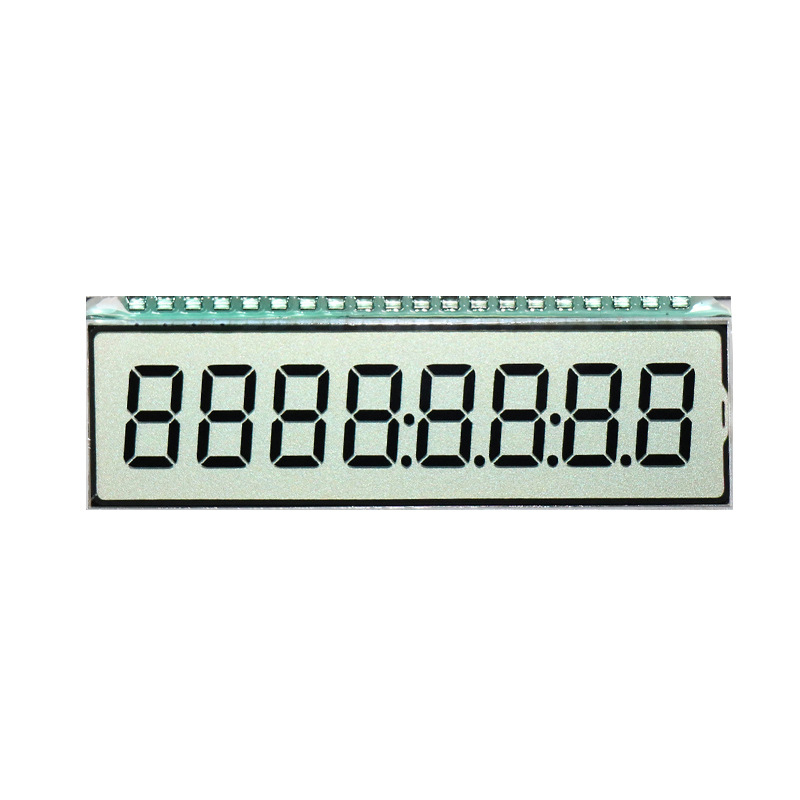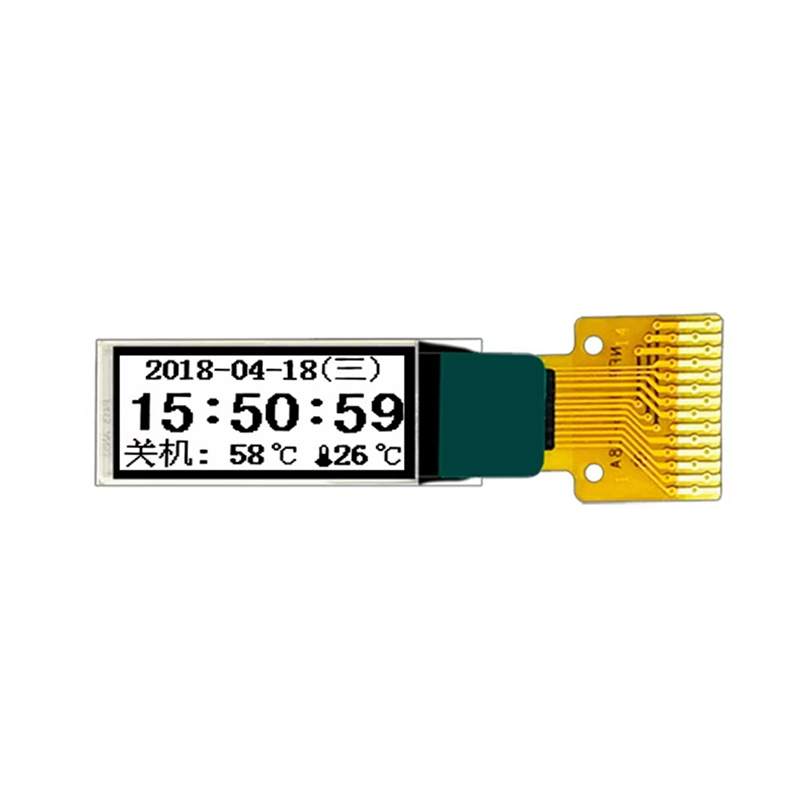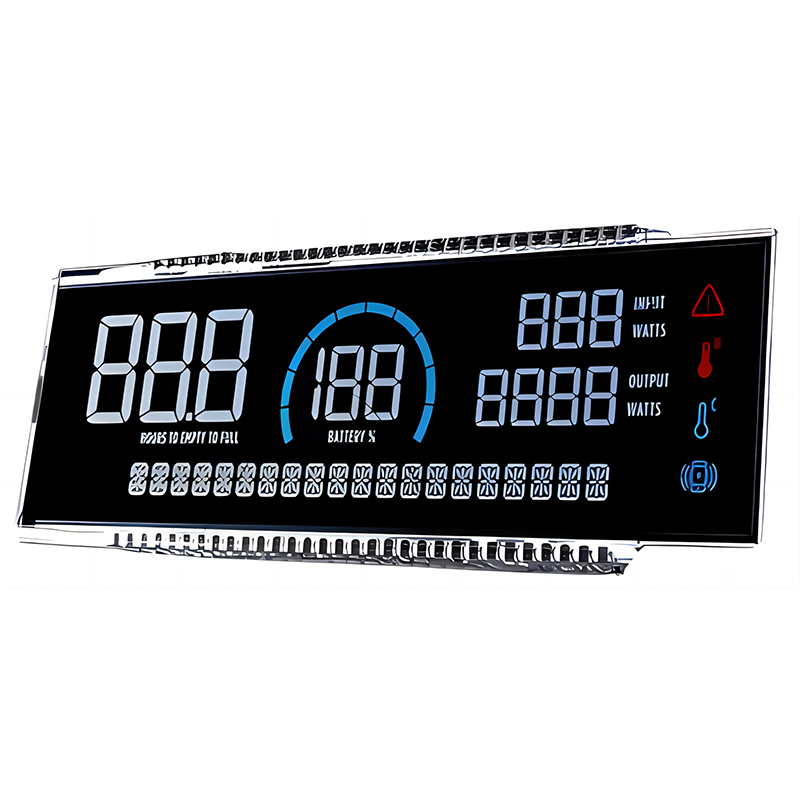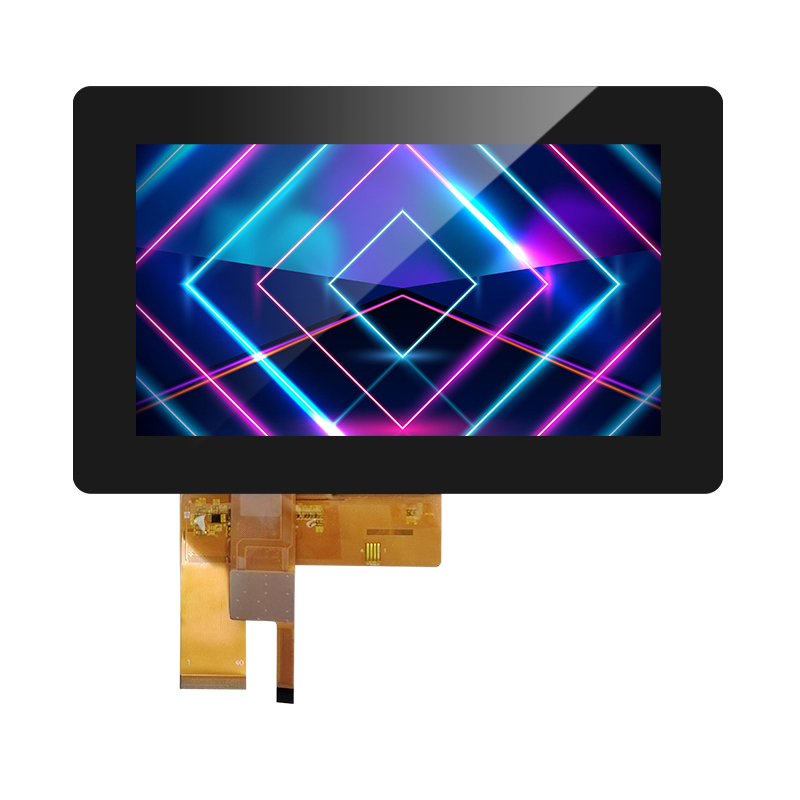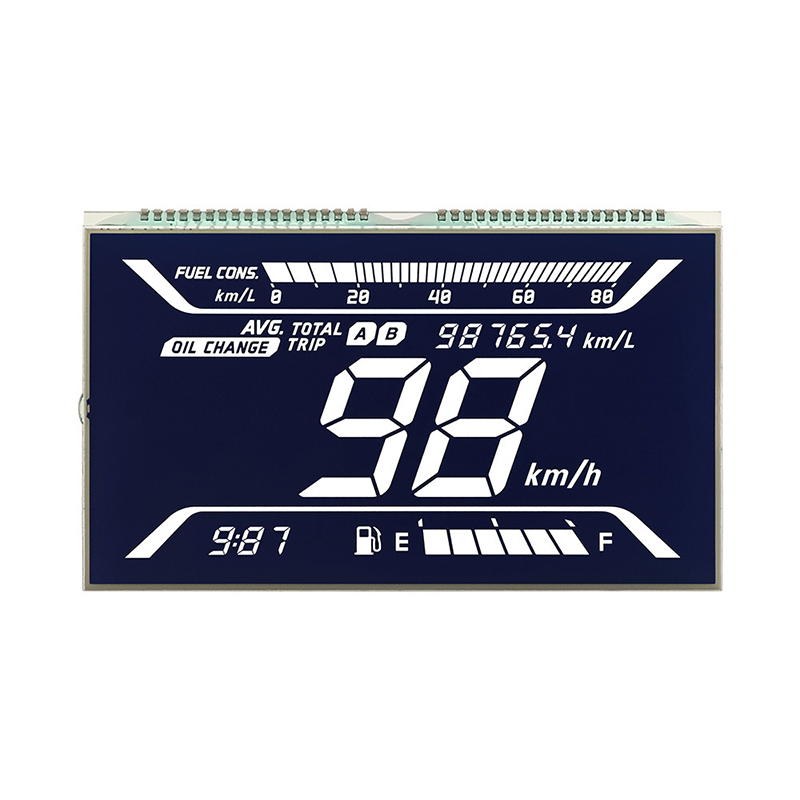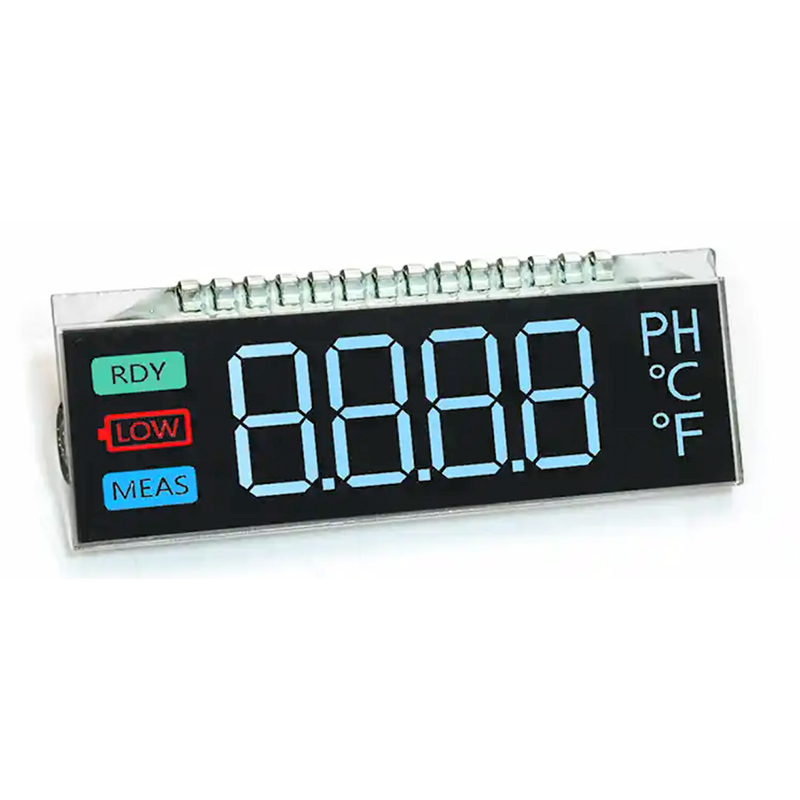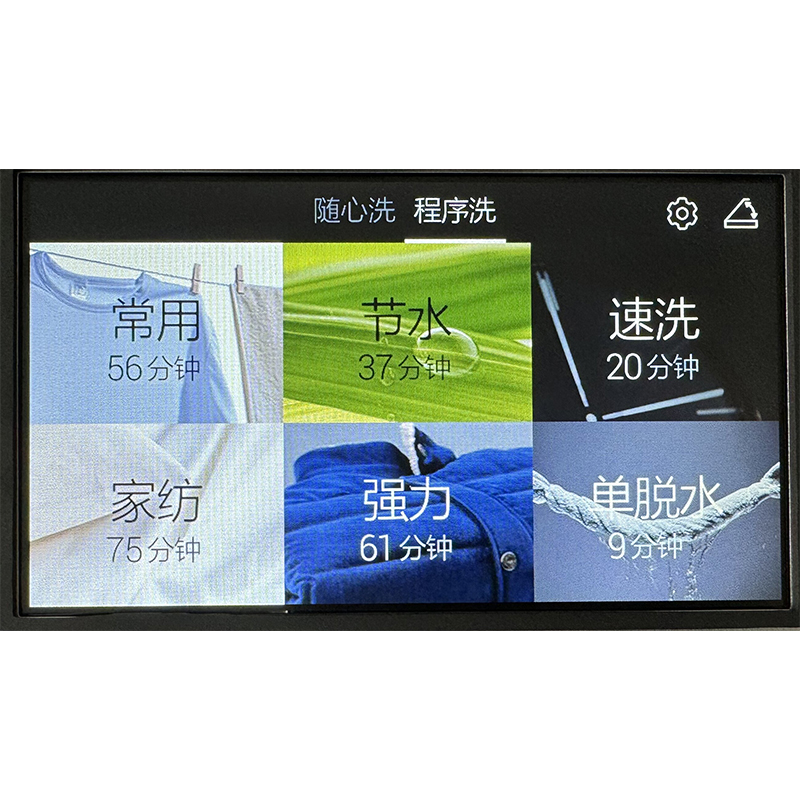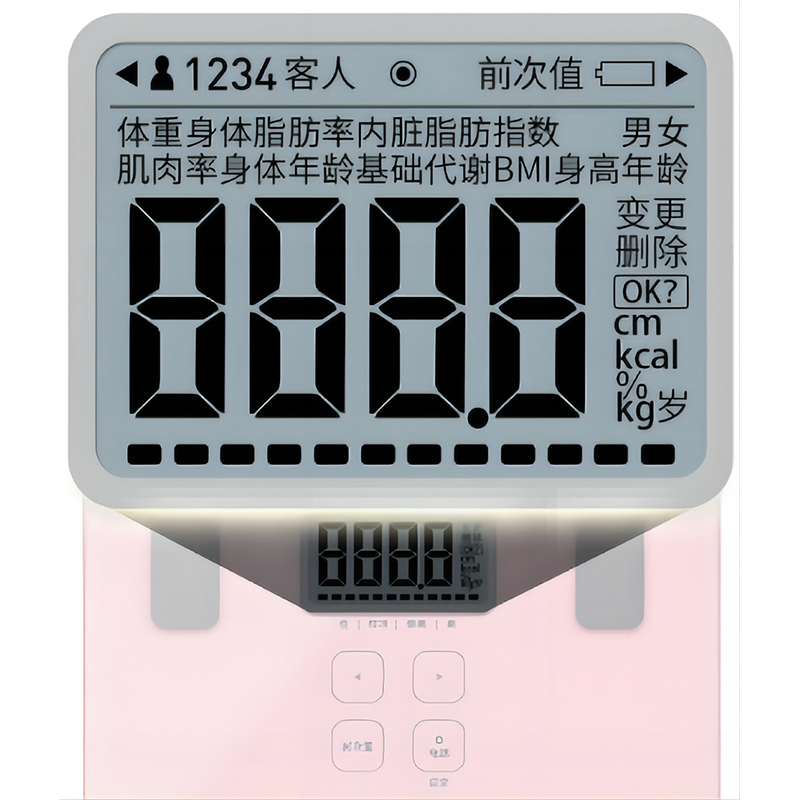
This guide explores exciting Arduino TFT display projects, covering fundamental concepts, practical examples, and advanced techniques. Learn how to select the right display, program interactive interfaces, and create stunning visualizations with your Arduino. We'll delve into various project ideas, from simple digital clocks to complex data loggers, ensuring you have the resources to embark on your own creative journey.
Selecting the appropriate Arduino TFT display hinges on understanding key specifications. Factors to consider include screen size (measured diagonally in inches), resolution (pixels wide x pixels high), color depth (number of bits per pixel, impacting color representation), interface type (SPI or parallel), and power consumption. A larger display offers more real estate for complex interfaces but may consume more power and require more processing from your Arduino. Higher resolution delivers sharper images but demands greater processing capabilities. SPI interfaces are commonly preferred due to their flexibility and ease of use. For example, the ILI9341 controller is very popular, offering a good balance of features and availability. When researching suitable displays, always check the datasheet for specific details before purchase. Remember to consider the size and resolution that best suits your project needs and the capabilities of your microcontroller.
The market offers a vast selection of Arduino TFT display modules. Popular choices often incorporate controllers like the ILI9341, ST7735, and SSD1351, each with its strengths and weaknesses. ILI9341 displays are known for their wide availability and robust support, while ST7735 displays often come in smaller form factors. The SSD1351 is a strong contender for OLED displays. The specific choice depends on project requirements and personal preferences. Many online retailers offer a wide range of options, allowing you to compare specifications and prices easily.
A classic introductory project, a digital clock showcases basic display control. This involves programming your Arduino to fetch the time, format it appropriately, and send it to the Arduino TFT display for visualization. Libraries like the Adafruit_ILI9341 library significantly simplify the coding process. This project is an excellent starting point for familiarizing yourself with TFT display fundamentals and library usage.
This project involves reading temperature data from a sensor (such as a DS18B20) and displaying it graphically on your Arduino TFT display. You can use a bar graph or a digital readout. This introduces you to sensor integration and data visualization concepts, essential skills for more advanced projects. The visual representation on the TFT display provides immediate feedback, helping you debug your code and understand the sensor readings.
This project builds upon the temperature gauge by logging data over time and displaying it graphically on the Arduino TFT display. You might log temperature, humidity, or other sensor readings. This introduces concepts of data storage and management, along with more complex graphical representations. Storing the data on an SD card allows for long-term data logging and analysis.
Integrating a touchscreen expands project interactivity. This requires using a touchscreen-enabled Arduino TFT display and appropriate libraries to handle touch inputs. You can create menus, buttons, and sliders for user interaction, transforming your project into a more engaging and user-friendly experience. Examples of projects might include a simple music player or a data acquisition system with interactive controls.
Numerous online resources can aid your exploration of Arduino TFT display projects. The Arduino website itself offers valuable tutorials and documentation, and many online communities and forums provide support and share project ideas. Remember to consult datasheets for your specific display module for detailed information on its capabilities and operational specifications. Experimentation and hands-on experience are key to mastering these projects. Consider exploring various libraries like Adafruit_GFX and their specific implementations for your chosen display controller for easier integration into your projects.
| Display Controller | Pros | Cons |
|---|---|---|
| ILI9341 | Widely available, extensive support | Can be power hungry |
| ST7735 | Smaller form factor, low power | Limited resolution options |
| SSD1351 (OLED) | High contrast, low power | More expensive than some LCD options |
For high-quality LCD and TFT displays for your projects, consider exploring the options available at Dalian Eastern Display Co., Ltd. They offer a wide range of displays to suit various needs and budgets.


